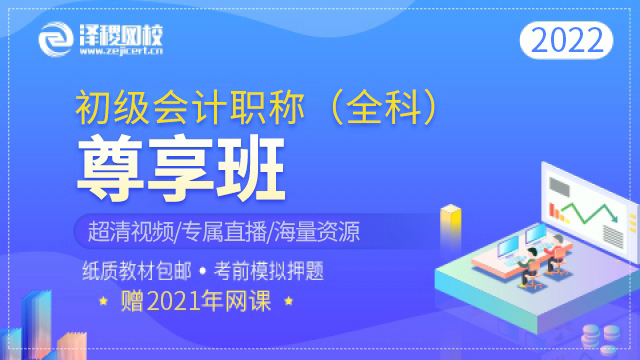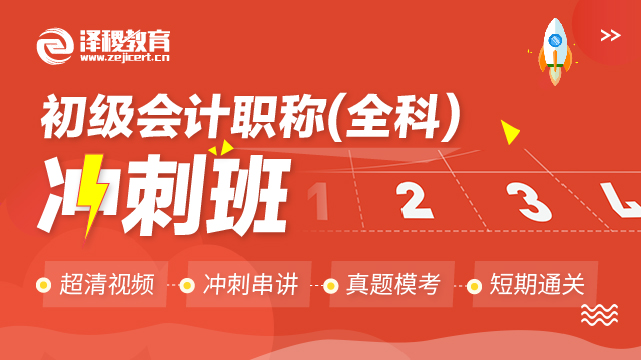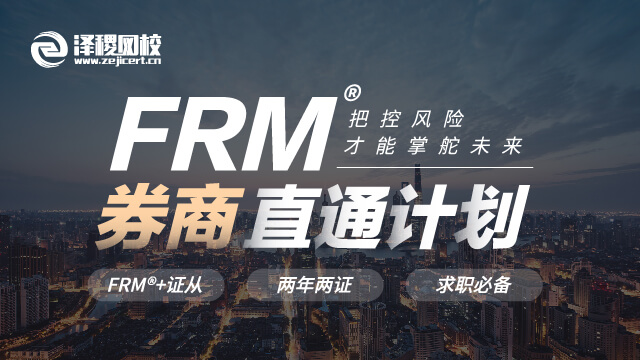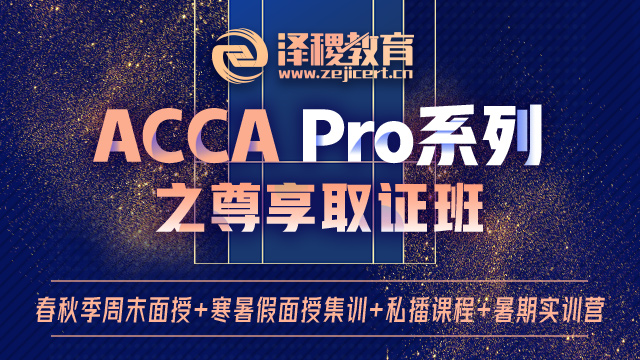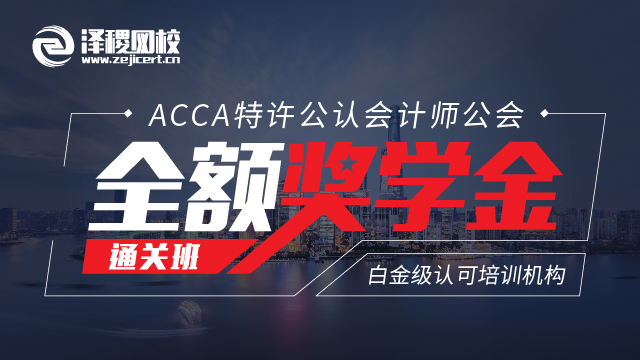存货
Average stock held
Stock turnover period=_________________________×365
Cost of sales
Trade debtors
Average settlement period for debtor=_________________×365
Credit sales
Sales
Sales to capital employed ratio=____________________________
Long-term capital employed
速动比率
Current assets(excluding stock)
Acid test radio=________________________________________
Current liabilities(creditors due within one year
利息保障
Profit before interest and taxation
Interest cover radio=_________________________________
Interest payable
股利支付率
Dividends announced for the year
Dividend payout ratio=______________________________________×100
Earnings for the year available for dividends
杠杆
Long-term liabilities
Gearing ratio=_________________________________________×100
Share capital+Reserves+Long-term liabilities
普通股利率
Net profit after taxation and preference dividend(if any)
ROSF=____________________________________________________×100
Ordinary share capital plus reserves
Net profit before interest and taxation
ROCE=_________________________________________×100
Share capital+Reserves+Long-term loans
Net profit interest and taxation
Net profit margin=______________________________×100
Sales
Gross profit
Gross profit margin=_______________
Sales
资本周转
Sales
Sales to capital employed ratio=________________________
Long-term capital employed
人均销售
Sales
Sales par employee=____________________
Number of employees
盈利能力
Net profit before interest and taxation
ROCE=_____________________________________
Long-term capital employed
Profit
Profitability refers to the ability of corporate profits.
Liquidity:refers to the assets,the ability to achieve a smooth and reasonable price,it is an investment(how long sales)and price scale time scale(with the fair market value of the discount)and the stock between more mobile than the real estate relationship.
Liquidity has three mobile usage or meanings;one refers to the macro-economic mobility,the economic system that put the amount of money.
Validity refers to the completion of planned activities and achieves the planned level of result
Capital Structure
1.Capital structure refers to the value of enterprises of various composition and proportion of capital.Broad corporate capital structure is the composition of its total capital value of the proportional relationship.Capital structure is the narrow sense refers to a variety of long-term capital value of the ratio between the compositions and,in particular,refers to the long-term equity capital and debt capital and the ratio between the compositions.To the general sense,the capital structure refers to the equity capital and the ratio between the capital debt,which reflects the market economy the financial relationship between enterprises,i.e.,capital and credit as a link,through the investment and borrowing consisting of shareholders,creditors and the constraints between the operators of interest.
2.Capital structure short-term refers the company and long-term debt to equity ratio.,the capital structure is the structure of property ownership arrangements.
3.Capital structure means company’s the ratio between debt and equity is usually the ratio of debt to total assets or liabilities of the ratio between said.Western financial experts on the capital structure of many theoretical and empirical researches,but until now there are still many differences.
4.Capital structure refers to the liabilities of company.Capital structure is reasonable or not directly affect the financial position of the debt ratio should not exceed 50%of the long-term debt and short-term debt ratio should be appropriate.
5.Capital structure means company the various sources of long-term funds raised,and between portfolio composition and proportions.Capital structure theory of the main purpose is to analyze the cost of capital structure and corporate finance firm value and corporate governance structure of mutual relations.
6.Capital structure refers to all sources of funding equity capital and debt capital in the proportional relationship between.
点击在线咨询泽稷老师,ACCA中文宝典免费领,更有机会获得海量免费ACCA学习资料。


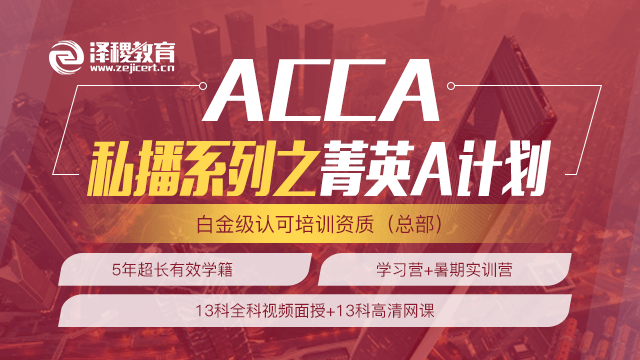
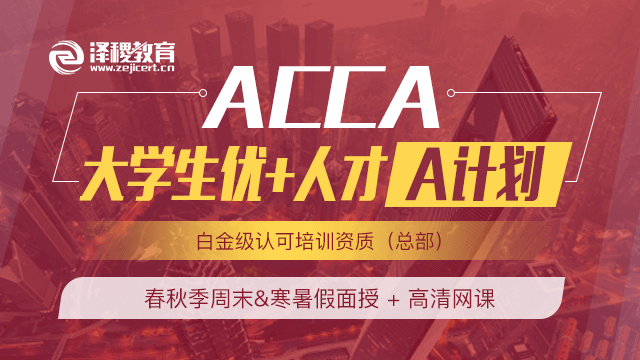
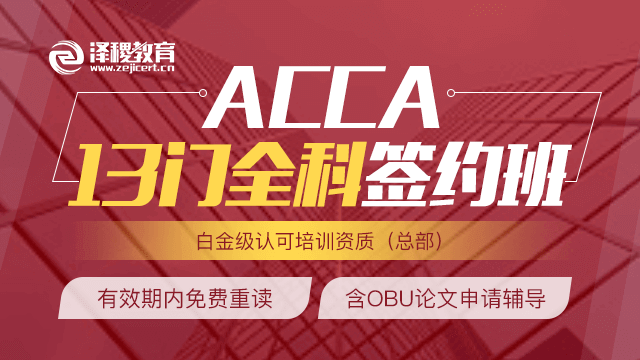
 白金级认可培训资质(总部)
白金级认可培训资质(总部)
 课程试听
课程试听
 职业规划
职业规划
 ACCA中文教材
ACCA中文教材
 考位预约
考位预约
 免费资料
免费资料
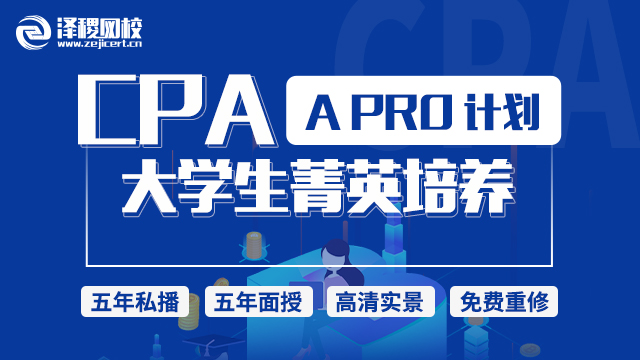
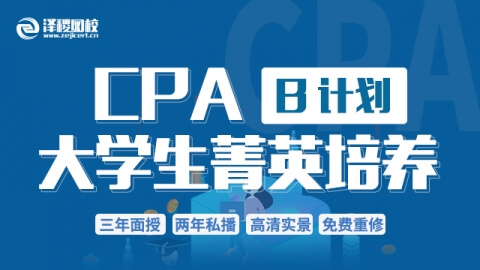
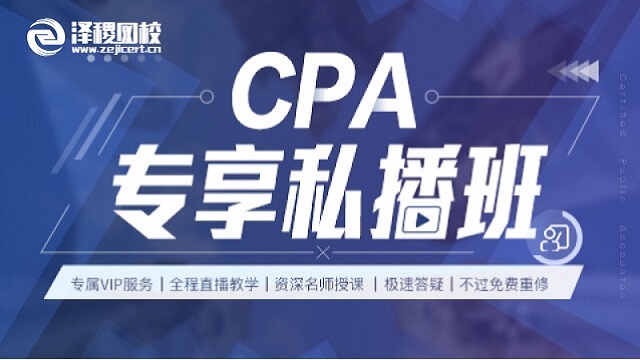
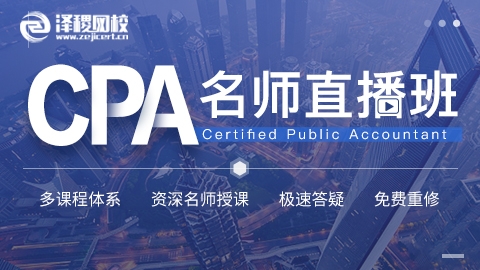
 题库下载
题库下载
 模拟机考
模拟机考
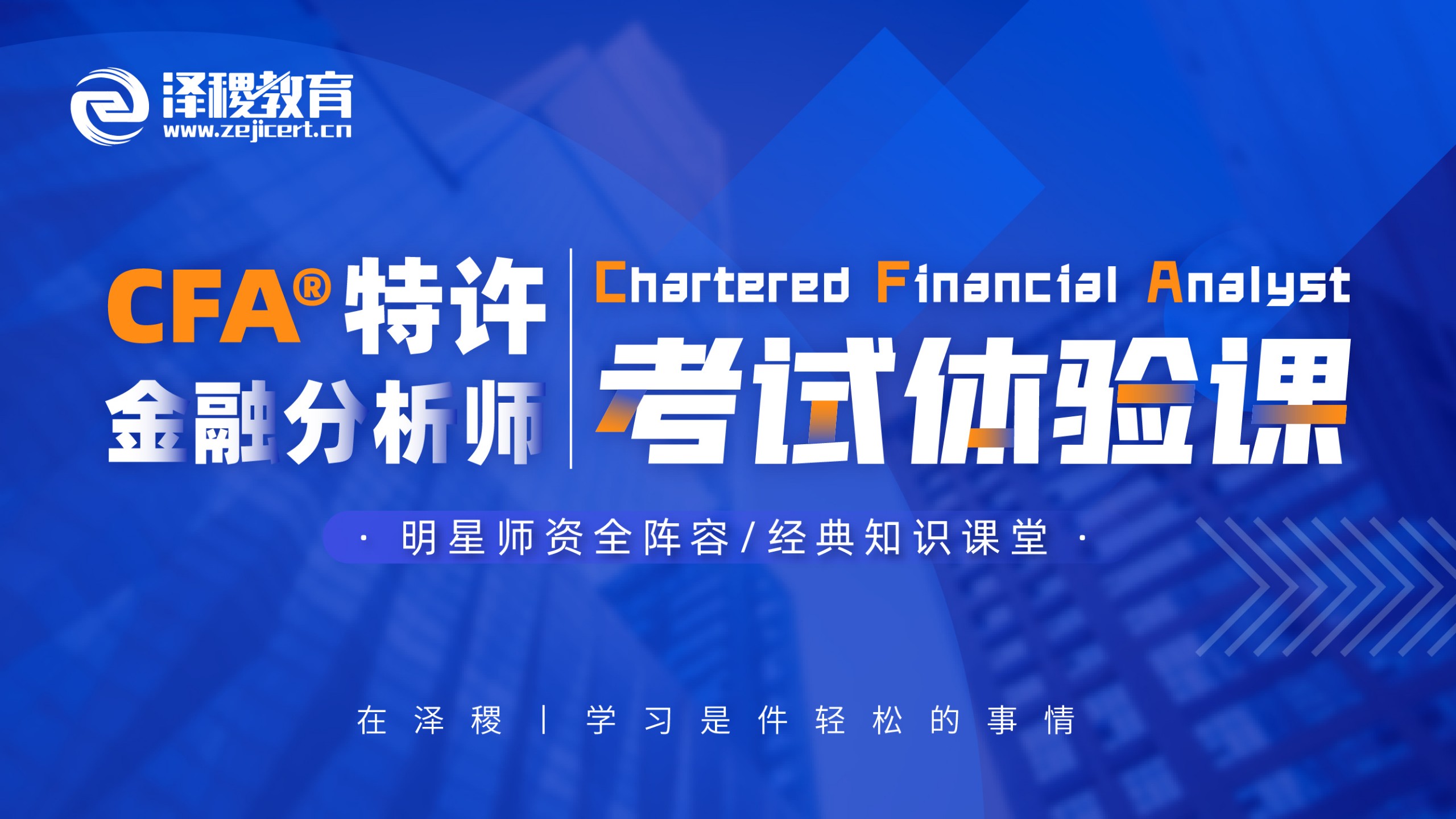
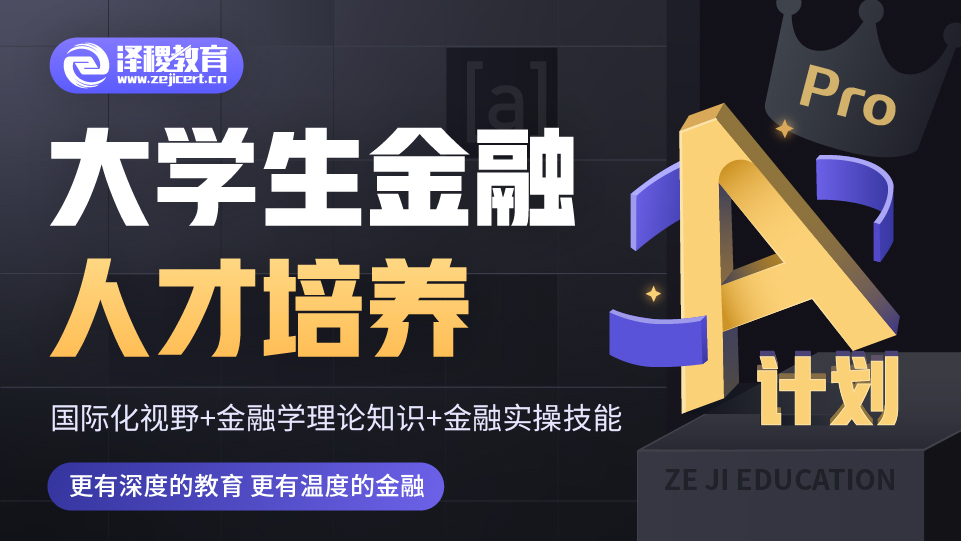
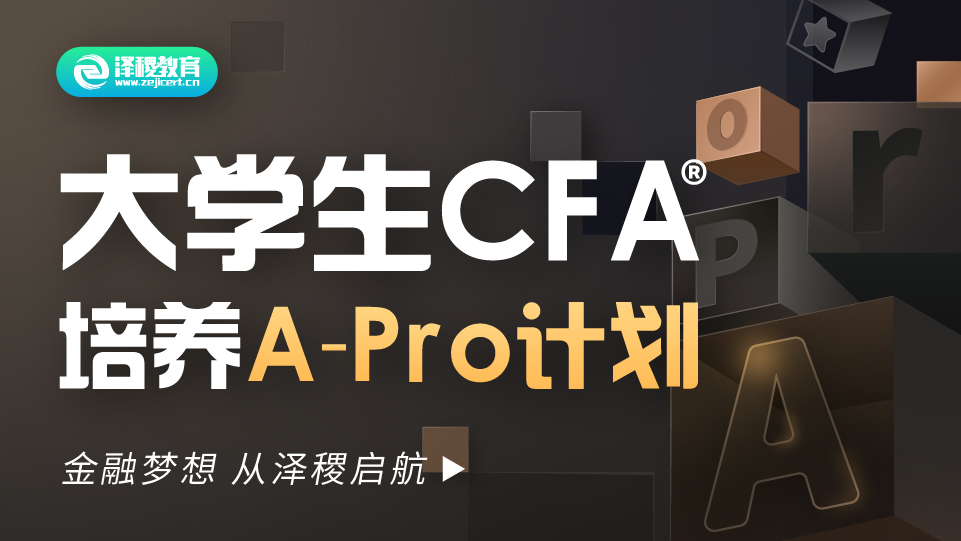
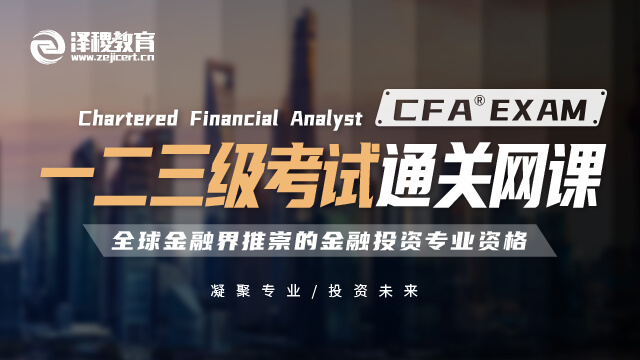
 CFA®成绩查询
CFA®成绩查询



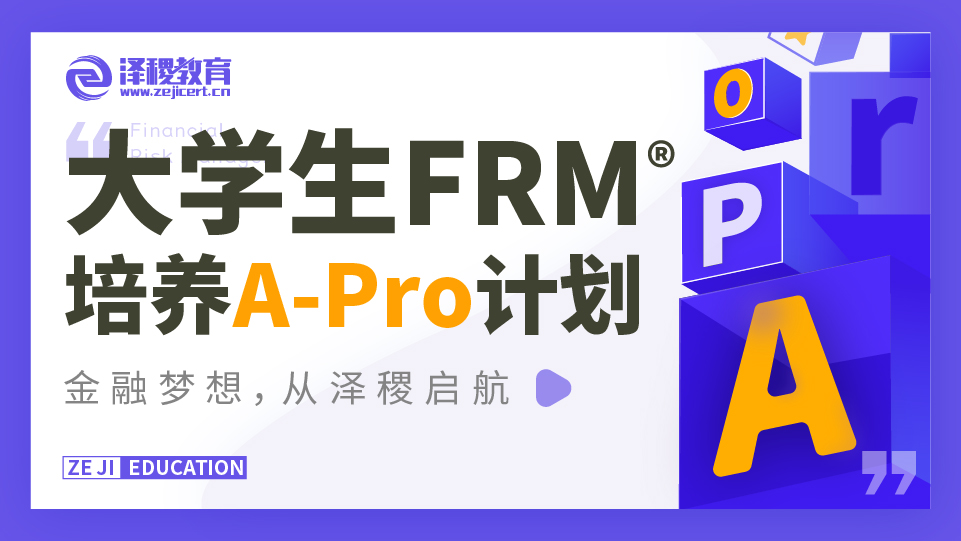
 GARP协会官方认可FRM®备考机构
GARP协会官方认可FRM®备考机构

